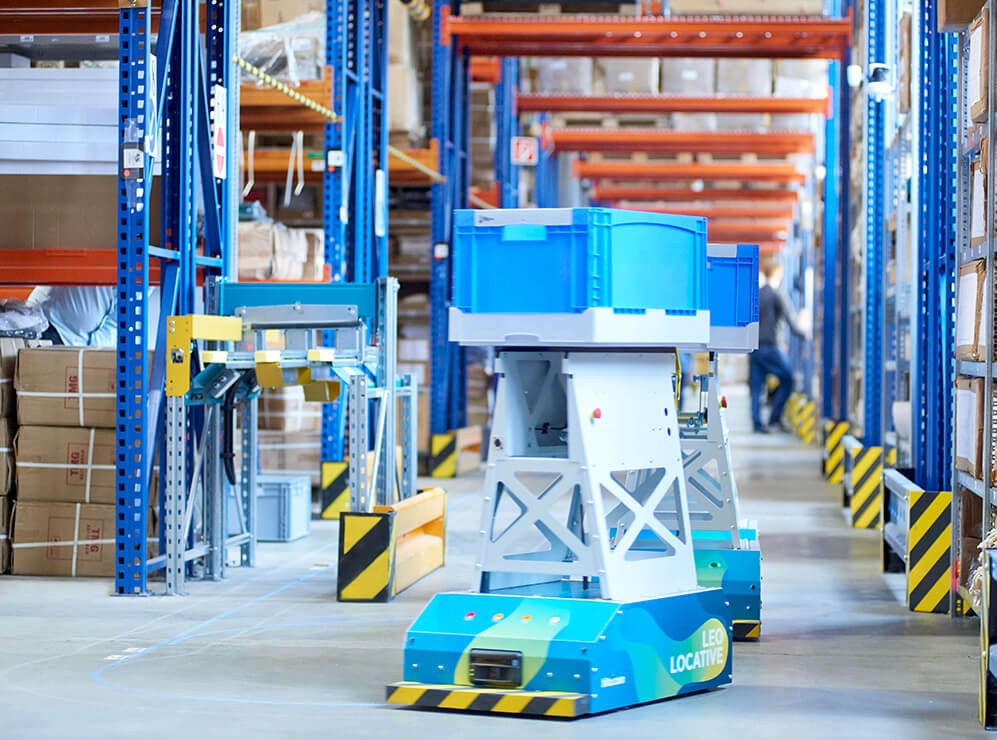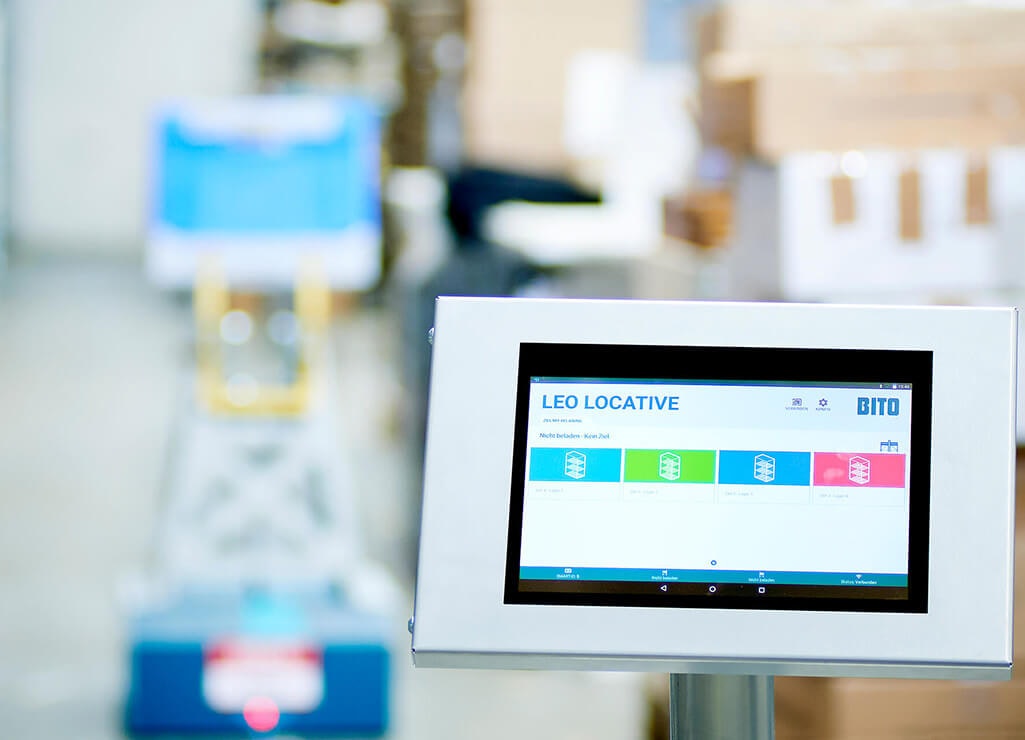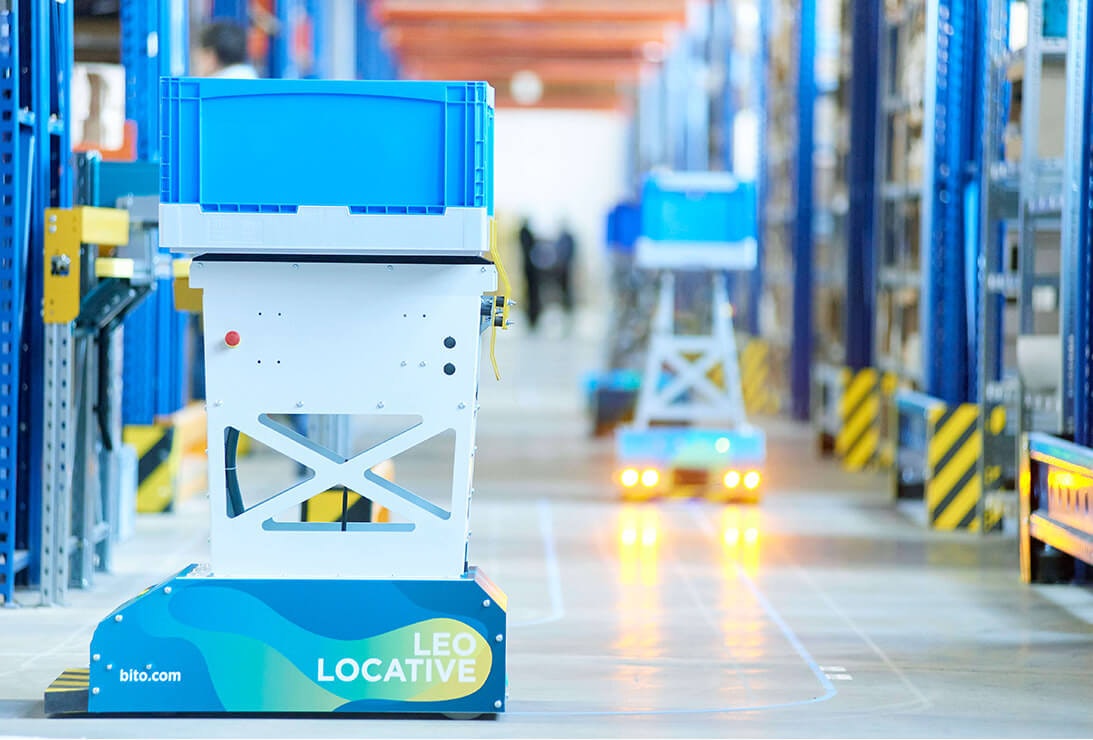Facts & Challenges
The purpose of manufacturing logistics is to ensure an optimal and smooth flow of materials between a raw material store through the manufacturing process to the finished goods area/warehouse. Manufacturing logistics links procurement logistics and distribution logistics. Since every manufacturing company needs to streamline and control the flow of materials through their value adding processes, manufacturing logistics is not considered an industry of its own. Manufacturing logistics is not only about transporting supplies and goods between departments, but also includes planning, controlling and implementing a process that makes sure that each machine and workstation is being fed at the right point in time with the right quantity of raw materials, auxiliary materials, operating supplies, purchased parts, spare parts, semi-finished and finished products. The terms manufacturing/production logistics and intralogistics are sometimes used synonymously.
Production logistics and Industry 4.0
Production logistics is undergoing major changes due to the challenges of automation, digitalisation and Industry 4.0. The product range of companies is becoming increasingly individualized down to batch size 1 and product life cycles are also getting shorter. New production techniques such as rapid prototyping or additive laser production are already being used in the intelligent factory. Networked production is making intralogistics requirements ever more complex. In order to plan all these processes and to manage them without errors, companies rely on supply chain management systems. As value and supply chains increasingly develop into complex networks, challenges in planning and control can only be met with digitalisation.
Now that systems have passed through the automation and digitization phase, the next step is to network them through Industry 4.0 and exchange data. Tailor-made individual manufacturing in the age of Industry 4.0 affects both production and distribution logistics. During production, special materials and custom-built parts must be provided Just-In-Time (JIT), which makes intralogistics processes and data processing much more complex. As already mentioned, hardly any articles are maintained in stock for make-to-order production.
Many individual transactions are created, whereby many different parts have to be supplied to a number of production machines at certain times. This means that storage and materials handling technology must be sufficiently flexible and automated. Supplying materials by lift truck is rather unprofitable in this scenario. It is far easier to supply materials to production facilities with the help of warehouse shuttle systems that are fed by driverless transport vehicles (AGV). In customised mass production, components must be clearly marked along the entire value-added chain and be identifiable, for example, via RFID tags on the workpiece. Along the entire supply chain, data must be exchanged in real time between individual workstations and monitoring system. The demand for components in production can change very quickly in scenarios working with batch size 1, and logistic processes must be able to adapt immediately. For this purpose, systems must be able to communicate with each other, with data being exchanged via the "Internet of Things".
Many customers expect to choose between a wide range of product variations supplied at the same price and with same delivery times. This can only be achieved with customised small and micro production quantities. The answer to this challenge is Agile Manufacturing (Agile manufacturing cells) that allows to manufacture components and variations in any batch size down to batch size 1.
Automated systems
In order to automate the process of receiving and tracking materials, many intralogistics systems have already been automated. Examples of automated systems include automated racking systems (serviced with stacker cranes or shuttles) and conveyor systems, cobots, augmented reality (data glasses), tracking systems, cloud applications, IT systems, automated industrial service trucks and automated guided vehicles (AGVs). In a study carried out by the German courier, parcel, and express mail service DHL, 63 percent of the participants named robotics, followed by autonomous vehicles (40 percent) as the most important physical technologies.
If you think things through to their logical conclusion, Industry 4.0 means digitising the complete value chain and ultimately autonomising it.
Trends
- Industry 4.0 entails digitalisation, extensive automation and networking between machines and factory units.
- The intelligent factory is dominated by new production techniques such as rapid prototyping or additive laser production.
- Customers increasingly request customised but mass-produced products down to batch size 1. Agile manufacturing cells are the answer.
- Product life cycles are getting ever shorter.
- Triggered by the need for customised mass production, processes in intralogistics and in production logistics are getting ever more complex. It is not possible to keep pace with these developments without digitalised, automated and networked systems.
- The main physical technologies are robotics and autonomous vehicles or AGVs.
- Ultimately, industry 4.0 will transform the entire value chain and lead to fully digitalised and automated processes.
Requirements for logistics management systems
As already mentioned, internal logistics and production logistics are becoming increasingly complex as a result of new intelligent manufacturing technologies. Among other things, robots and AGVs determine logistic processes and the daily production routine. All processes along the supply and transport chain communicate with each other. In addition, important questions such as how to optimise processes can be answered with the help of algorithms using BIG Data analysis. Blockchain systems allow product tracking to its origin and through every step of the supply chain (authenticity).
AGVs are increasingly being used to link production, assembly or picking areas with each other and to automate material flow. With LEO Locative, BITO has launched a particularly innovative and inexpensive AGV that operates without Wifi or a central computer. The LEO vehicle is guided by an optical track and code markers applied to the floor.
LEO self-installs and is immediately ready for use (plug and play). LEO's route can be quickly adapted to new requirements. It is also possible to use a tablet for communicating target points to LEO. On its way to the target point LEO simply follows the instructions encoded on the floor markers. The LEO system, combining a LEO vehicle and LEO workstations, is ideal for any application where materials need to be moved to specific points along same routes x-times a day. LEO saves many kilometres of travel routes that would otherwise have to be covered by employees, thereby improving ergonomic conditions at work. By adding, reducing or relocating any number of vehicles and workstations, the system perfectly adapts to your material flow requirements.
BITO is a single source supplier. Our product range also includes automated racking and picking systems as well as assorted high-grade plastic bins and containers. We also offer a comprehensive service package to help you with your plans and questions around automating intralogistics and manufacturing logistics.



